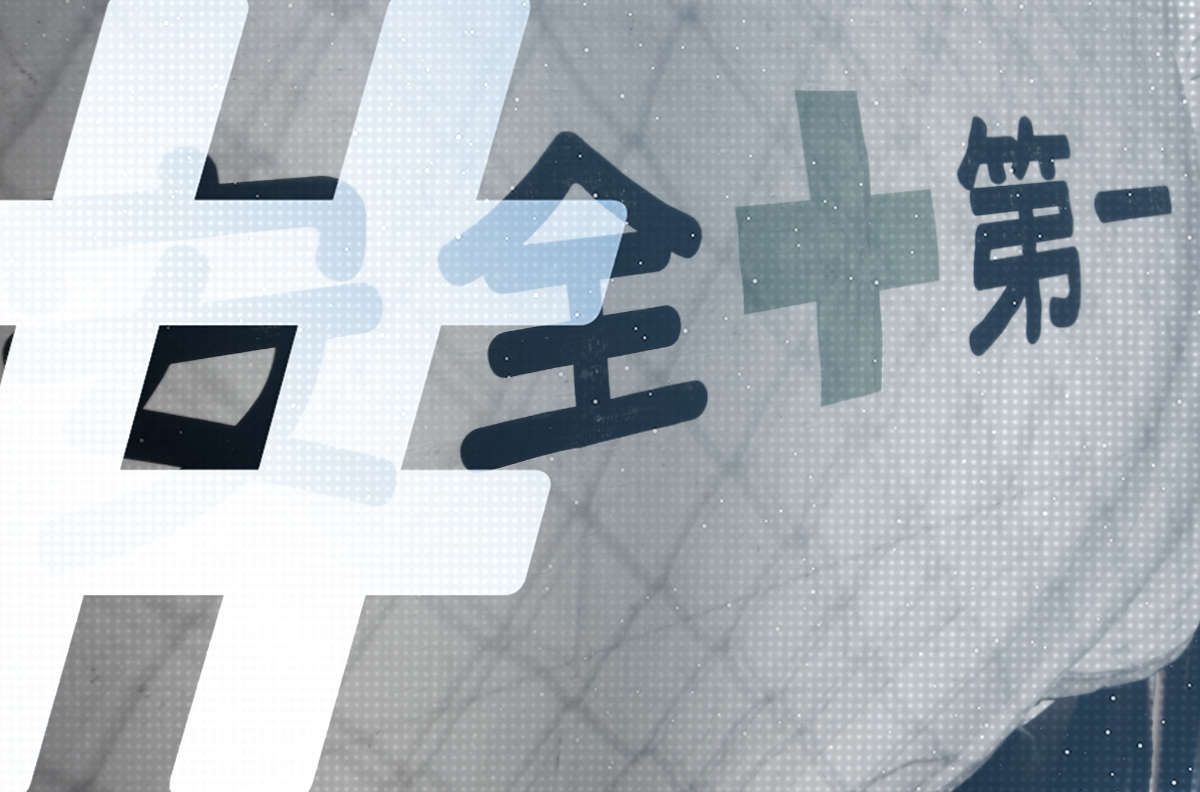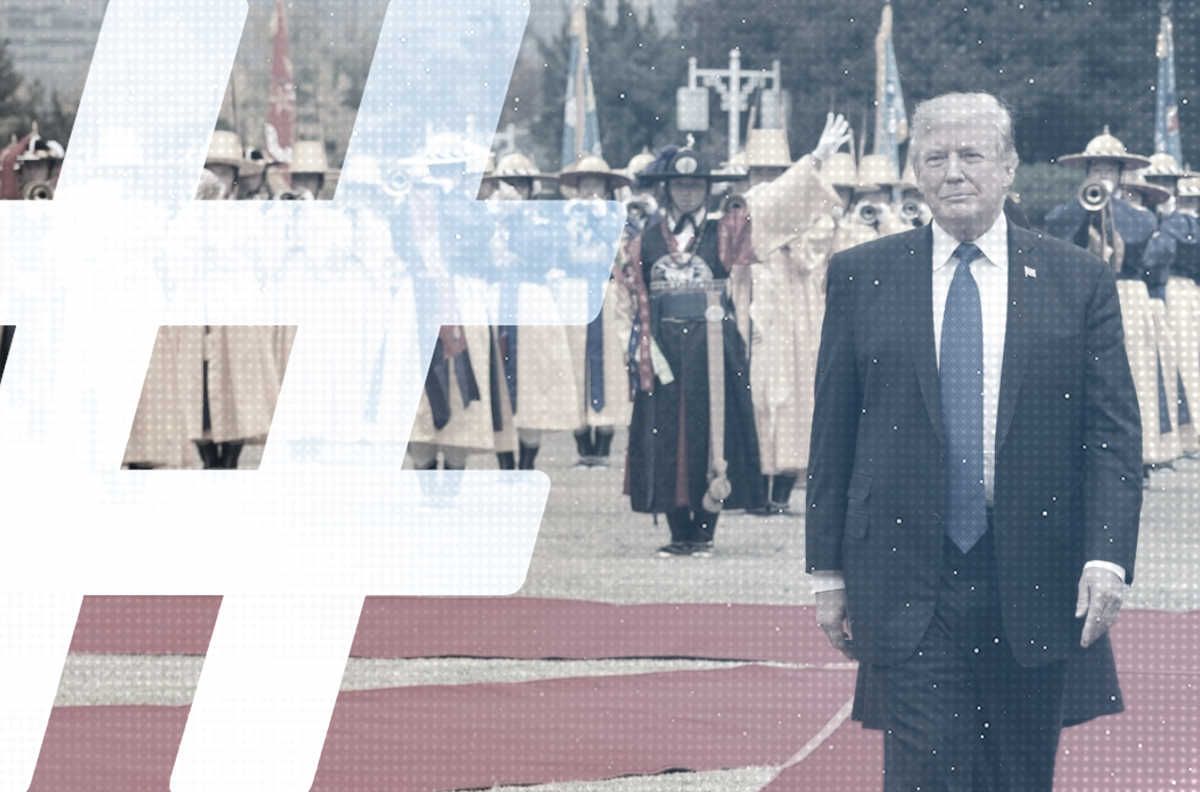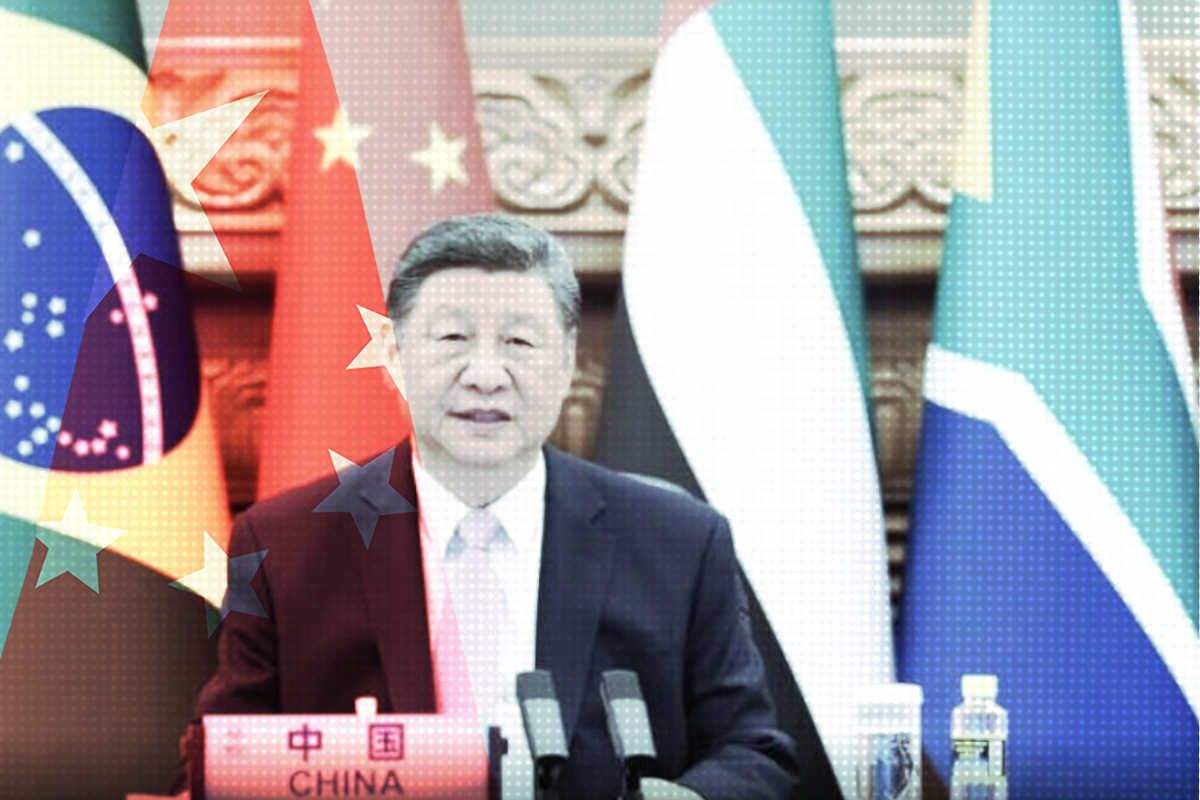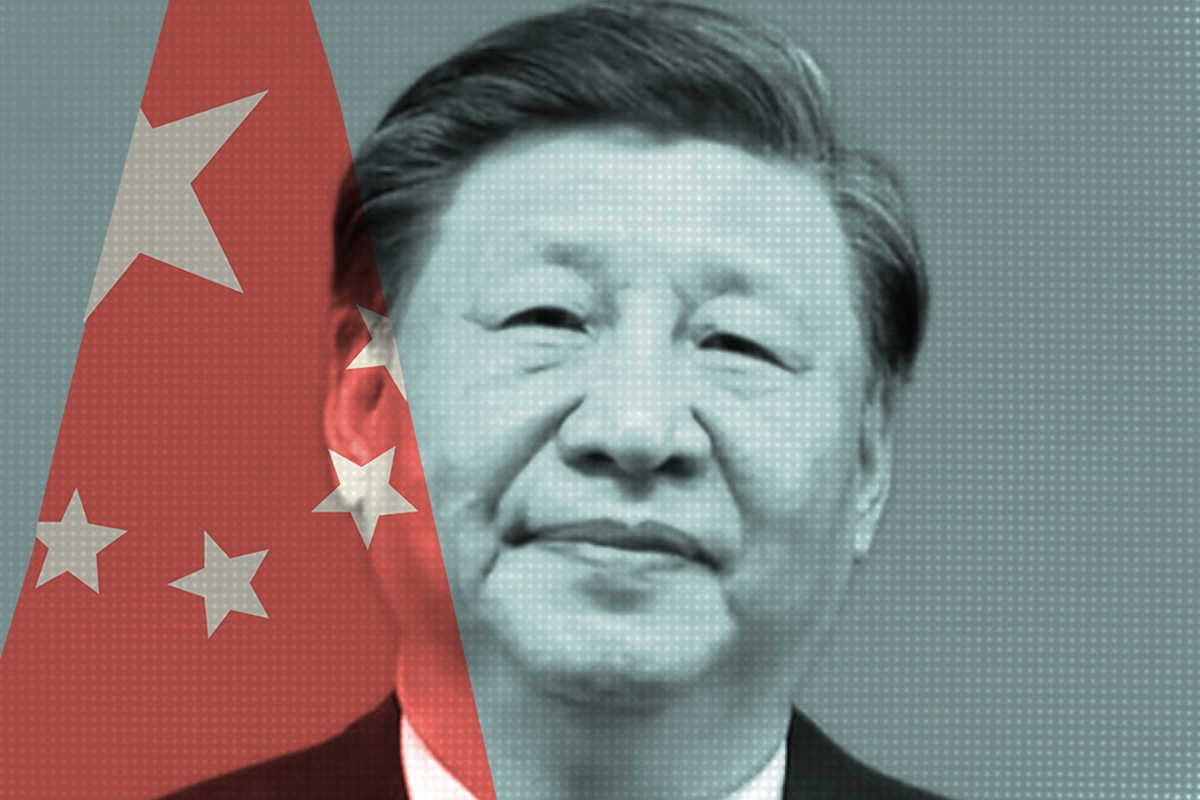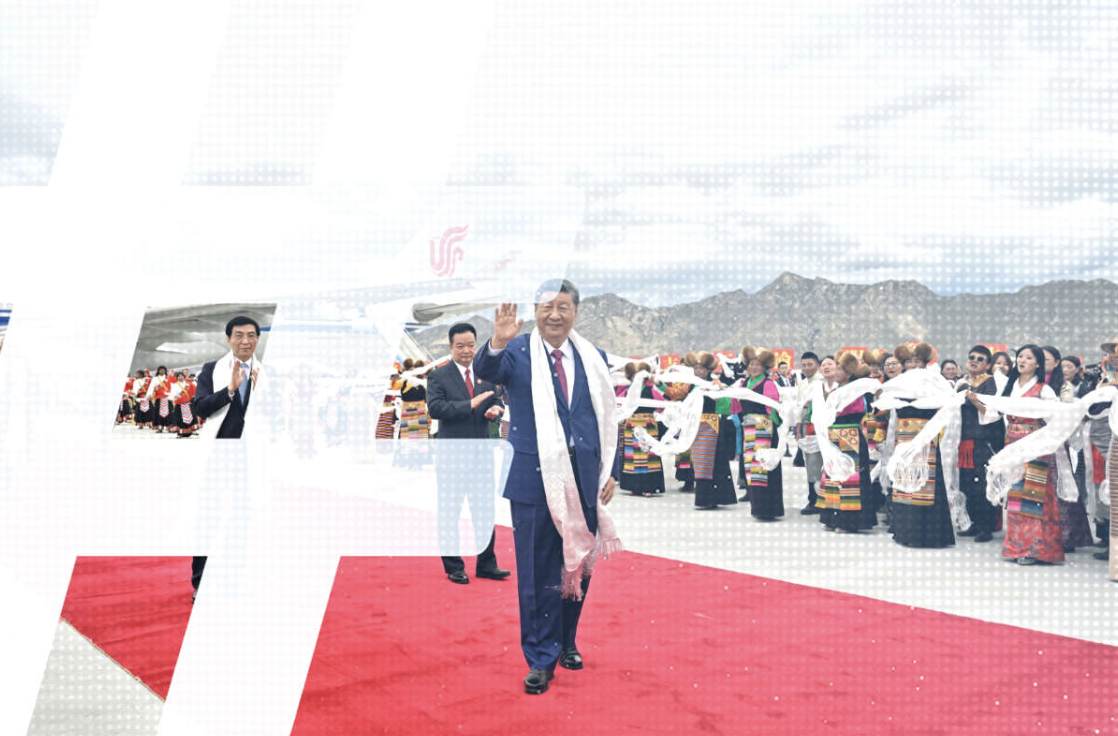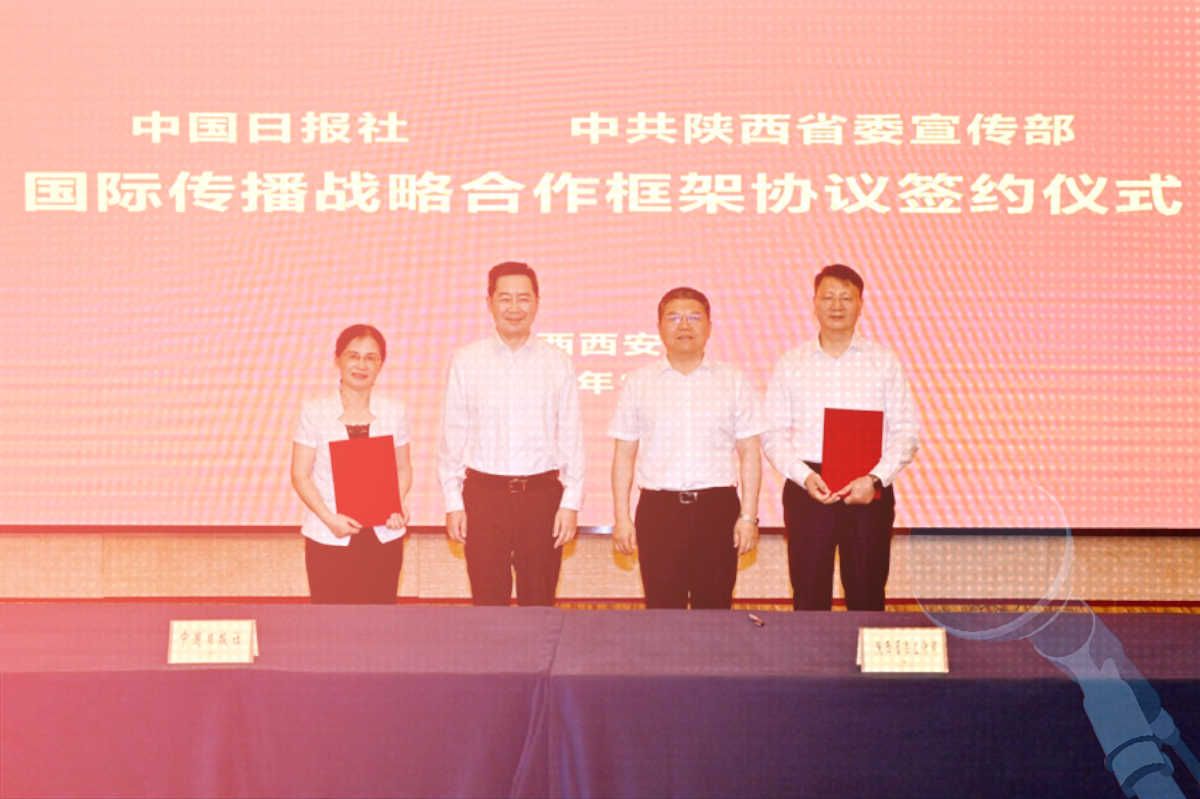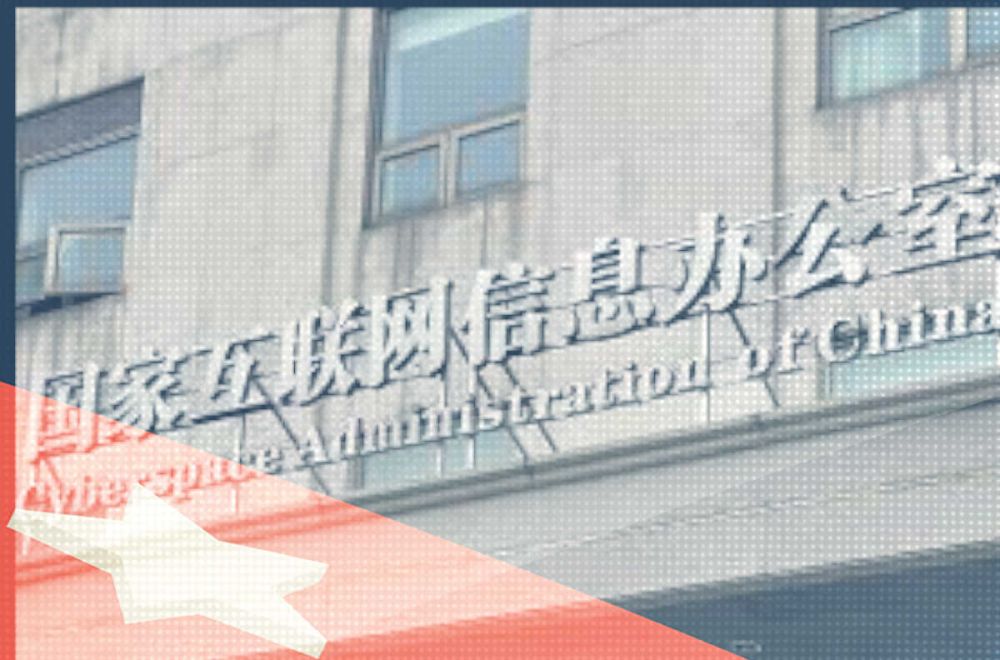
Earlier this month, China’s top control body for the internet and social media released its updated list of approved internet news information sources, a roster of outlets first issued a decade ago to curtail the sharing of articles and news reports by unauthorized sources — those without close Chinese Communist Party (CCP) and government ties. The publication of the list starting in 2015 was part of a general tightening of control over news and information in the early Xi Jinping era, as the internet and social media came to dominate news consumption.
The 2025 list from the Cyberspace Administration of China (CAC), issued on August 14, includes 1,456 government-run media outlets whose content can be legally republished by other websites and news platforms — a carefully selected group that is meant to establish the CCP’s dominance over news content in China. All digital media platforms are forbidden from republishing news stories that originate from sources not included on the approved roster, including international media as well as public accounts on major platforms like WeChat and Weibo.
CAC Approved News Sources List (2021-2025)
| Category | 2021 | 2025 | Change | Growth Rate |
|---|---|---|---|---|
| Total Sources | 1,358 | 1,456 | +98 | +7.2% |
| Central Level | 286 | 286 | 0 | 0% |
| Provincial Level | 992 | 1,074 | +82 | +8.3% |
| Government Platforms | 80 | 96 | +16 | +20.0% |
The Cyberspace Administration of China (CAC) first introduced the system in 2015 as part of broader internet governance reforms under Xi that include the formation of the CAC as a powerful control and oversight body for cyberspace. The inaugural “Source List” included Caixin, a professional news outlet founded in 2009 by the highly-respected editor Hu Shuli (胡舒立), but the list was further tightened during the second iteration in 2021, at which time Caixin was removed. The 2021 list contained 1,358 approved sources, nearly four times the number in the 2016 list of just 340. These changes reflected the addition of official government accounts within the country’s expanding digital news ecosystem.
The CAC explained that the 2021 update followed three priorities: “adds a group” of trusted sources adhering to correct political orientation, “verifies a group” to update closures and name changes from institutional reforms, and “eliminates a group” of units with “poor regular performance” or lacking influence.
While the overall list grew by just 7.2 percent between this year and 2021 — from 1,358 to 1,456 sources — the distribution of this growth tells a more complex story about Beijing’s information control strategy. Central-level sources remained unchanged at 286 units, suggesting authorities consider the media structure at the national level to be complete. Provincial-level sources, meanwhile, expanded by 8.3 percent (from 992 to 1,074), reflecting efforts to strengthen regional information control infrastructure. This mirrors the trend since 2018 of encouraging the development of local and regional communication hubs, including the creation of “international communication centers” (国际传播中心), or ICCs, which are meant to enhance CCP messaging globally by leveraging provincial, city and county-level media resources.
Government platform sources showed the most dramatic growth at 20 percent, jumping from 80 to 96 units. Among the new additions are several municipal government social media platforms, including the official WeChat accounts of Shenzhen Municipal Government and Chengdu City Administration, reflecting a push in recent years to centralize local news creation by government agencies while adapting to social media-driven information consumption.
The CAC warned that websites not adhering strictly to the approved source list “will be punished according to law and regulations.”

